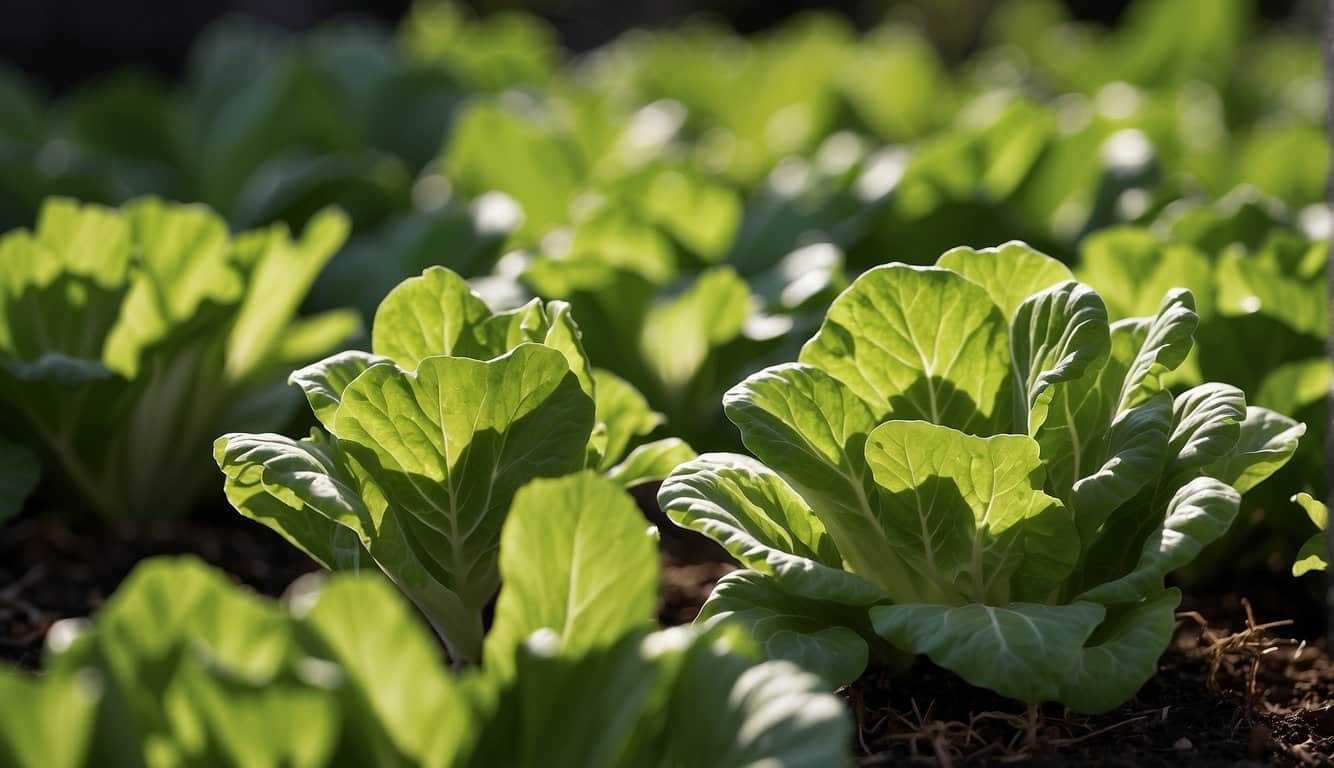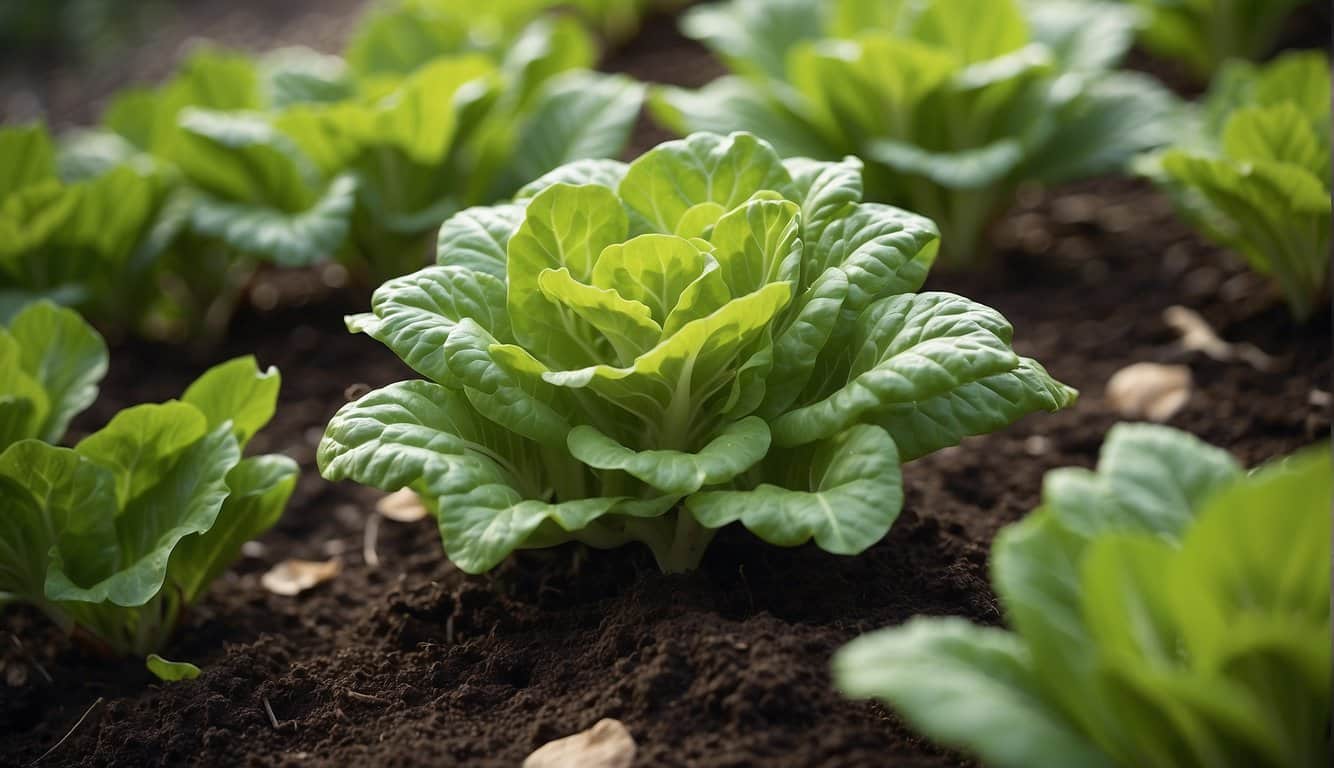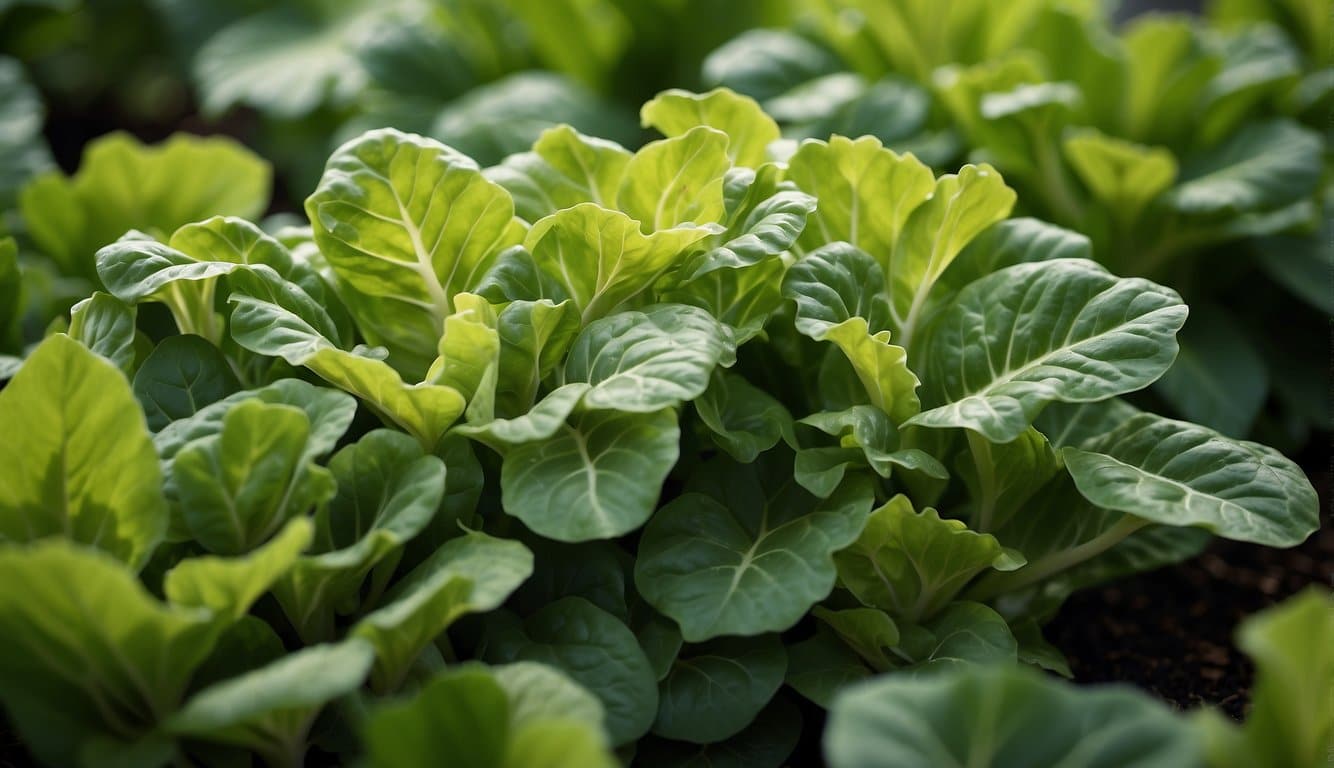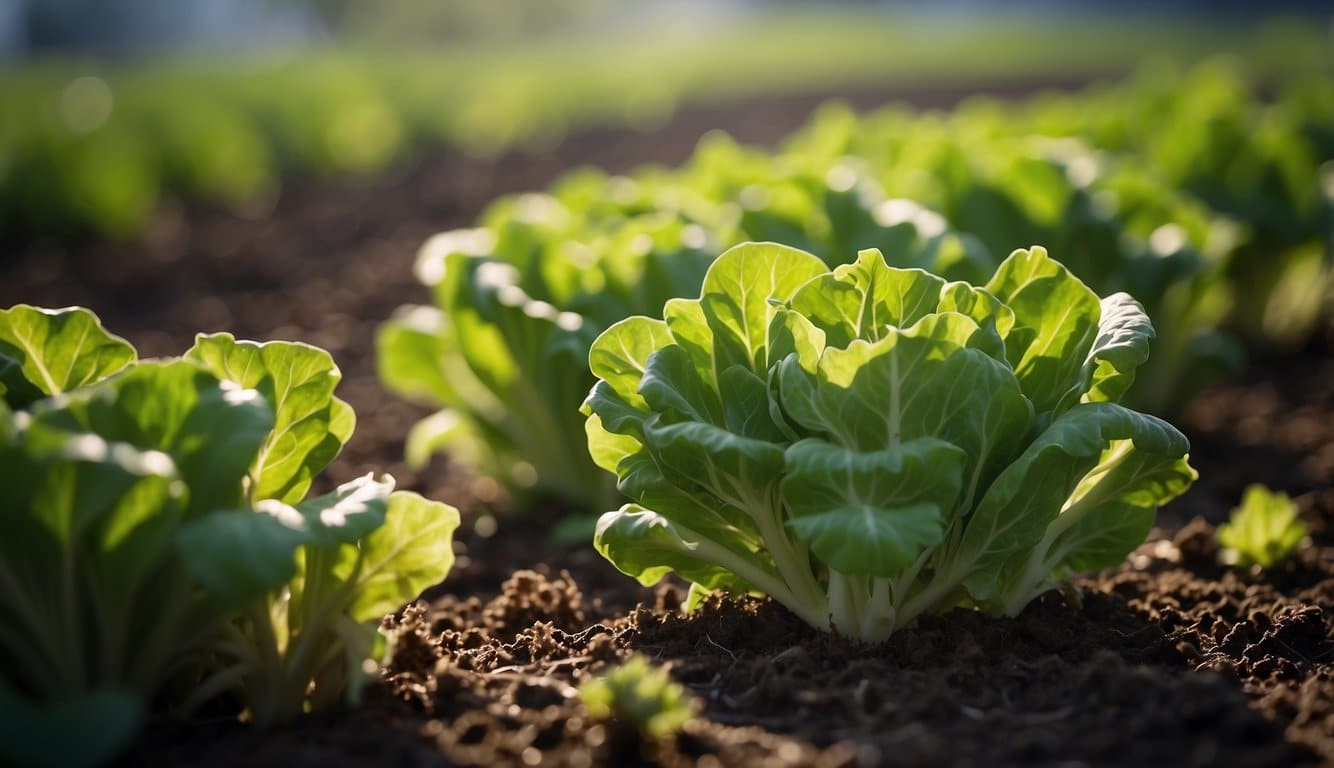In the diverse world of flora, numerous plants bear a close resemblance to the common lettuce, sparking curiosity and sometimes confusion among gardeners and nature enthusiasts.
The familiar green, leafy appearance of lettuce is mirrored in various species, ranging from common garden vegetables to wild-growing weeds.
These doppelgängers can often be found in home gardens, local parks, or even in the wild, each with its unique characteristics and potential uses.
Identifying plants that look like lettuce involves examining features such as leaf shape, plant size, and flower formation.
Some are edible and can be used similarly to lettuce in our kitchen, while others may carry medicinal properties or could even be harmful if consumed.
Knowledge about these plants not only adds to our understanding of botany but also guides us in gardening and foraging practices.
Key Takeaways
- Leaf shape, plant size, and flowering are key identifiers of lettuce-like plants.
- Some lettuce lookalikes are edible, while others are not and may be medicinal or harmful.
- Understanding these plants enhances gardening and foraging while preventing potential confusion.
Identification of Lettuce-like Plants
Identifying plants that resemble lettuce involves examining several distinctive features such as leaf structure, color, and growth patterns.
Gardeners and nature enthusiasts must observe these characteristics closely to accurately differentiate between various species.
Leaf Structure and Texture
The leaves of lettuce-like plants are a primary identifier.
- Wild Lettuce: Long, lobed leaves with a coarse texture and a milky sap when cut.
- Cabbage: Smooth, waxy leaves that are more rounded and form a dense head.
Other lookalikes may have serrated or hairy leaves, unlike the typically smooth leaves of cultivated lettuce varieties.
Color Variations
The color of the leaves can range significantly among plants that are similar in appearance to lettuce.
- Iceberg Lettuce: A crisp green, sometimes with a pale heart.
- Romaine Lettuce: Green outer leaves that turn lighter towards the center.
- Butterhead Lettuce: Light green, almost yellowish leaves.
Plants that are mistaken for lettuce often exhibit shades of green, but may also have tinges of red or purple.
Growth Patterns
The way a plant grows can also be a clue to its identity.
- Lettuce: Forms a low to the ground rosette of leaves.
- Cabbage: Develops into a round, compact head.
Other plants may grow vertically with elongated stems or spread outwards extensively, which differs from the common lettuce growth habit.
Common Lettuce Lookalikes
Identifying plants that resemble lettuce is crucial for gardeners, foragers, and nature enthusiasts to prevent confusion, especially when foraging for edible greens.
Lactuca Serriola (Prickly Lettuce)
Lactuca serriola, commonly known as prickly lettuce, is often mistaken for garden lettuce due to its similar leaf structure. Distinctly, though, they possess spiny ridges along the leaf’s underside and stem. This plant grows tall and can exhibit a bitter taste, setting it apart from its cultivated cousin.
Sonchus Oleraceus (Sow Thistle)
Another lookalike, Sonchus oleraceus, or sow thistle, bears a close resemblance to lettuce with its soft, broad leaves. They tend to have a more lobed and elongated shape, often with a slightly prickly texture. Sow thistle’s yellow flowers distinctly differentiate it from lettuce when in bloom.
Prenanthes Altissima (Tall Rattlesnake Root)
Lastly, Prenanthes altissima, known as the tall rattlesnake root, has foliage that can be mistaken for lettuce due to its broad and rounded leaves. Unlike lettuce, its leaves have a serrated margin and the plant typically grows much taller, sporting clusters of tiny, nodding flowers.
Uses and Edibility
Identifying plants that resemble lettuce is crucial not only for culinary enthusiasts but also to ensure safety. Some plants are edible and have distinct uses, while others can be toxic and require precautionary identification.
Culinary Applications
Several plants that share similarities with lettuce can be used in a variety of dishes.
Wild lettuce, despite its bitter taste, can be incorporated into salads or used as a cooked green.
Dandelion greens are also edible and can be used fresh in salads or cooked.
The leaves of wild mustard are another edible variety that can be used as a spice or added to greens for a peppery flavor.
Medicinal Benefits
Beyond the kitchen, some lettuce lookalikes have medicinal virtues.
Wild lettuce is recognized for its sedative and pain-relieving properties.
Dandelions are packed with vitamins and minerals and have been traditionally used to support liver health and as a digestive aid.
Toxic Lookalikes and Safety Precautions
It’s imperative to distinguish edible plants from their toxic counterparts. When foraging:
- Always verify plant identification before consumption.
- Be aware of lookalikes such as certain thistles, which may appear similar but are not edible.
- Ensure you are not harvesting plants from contaminated areas or locales that may have been treated with pesticides or herbicides.
Frequently Asked Questions
The frequently asked questions addressing the intriguing world of plants akin to lettuce aim to clarify common confusions. These aim to help gardeners and plant enthusiasts differentiate between various green, leafy plants and lettuce.
What are common plants often confused with lettuce?
Common plants that are often mistaken for lettuce include wild lettuce, which has a more bitter taste, and cabbage, which can resemble butterhead lettuce due to its green, leafy exterior.
Which indoor plants have a similar appearance to lettuce?
Indoor plants resembling lettuce include certain varieties of endive and radicchio, both of which have leaves similar in shape and color but are typically more bitter.
Are there any poisonous plants that resemble lettuce?
Yes, there are poisonous plants that may look similar to lettuce, such as false lettuce (Lactuca virosa), which, while resembling edible greens, can have harmful effects if ingested.
What are some examples of ornamental plants that have foliage like lettuce?
Ornamental plants with lettuce-like foliage include some types of Begonia and Hosta, which are grown for their impressive leaves that may have a lettuce-like appearance.
How can you distinguish between edible green leafy vegetables and lettuce look-alikes?
To differentiate between edible leafy vegetables and lettuce look-alikes, one should examine the texture, taste, and leaf pattern. Most edible greens will have a softer texture and less bitter taste than their non-edible counterparts.
Which perennials have leaves that can be mistaken for lettuce?
Perennials such as the Ligularia or ‘Leopard Plant’ often get mistaken for lettuce due to their large, round, and lettuce-like leaves.
However, they are grown for ornamental purposes and are not edible.



